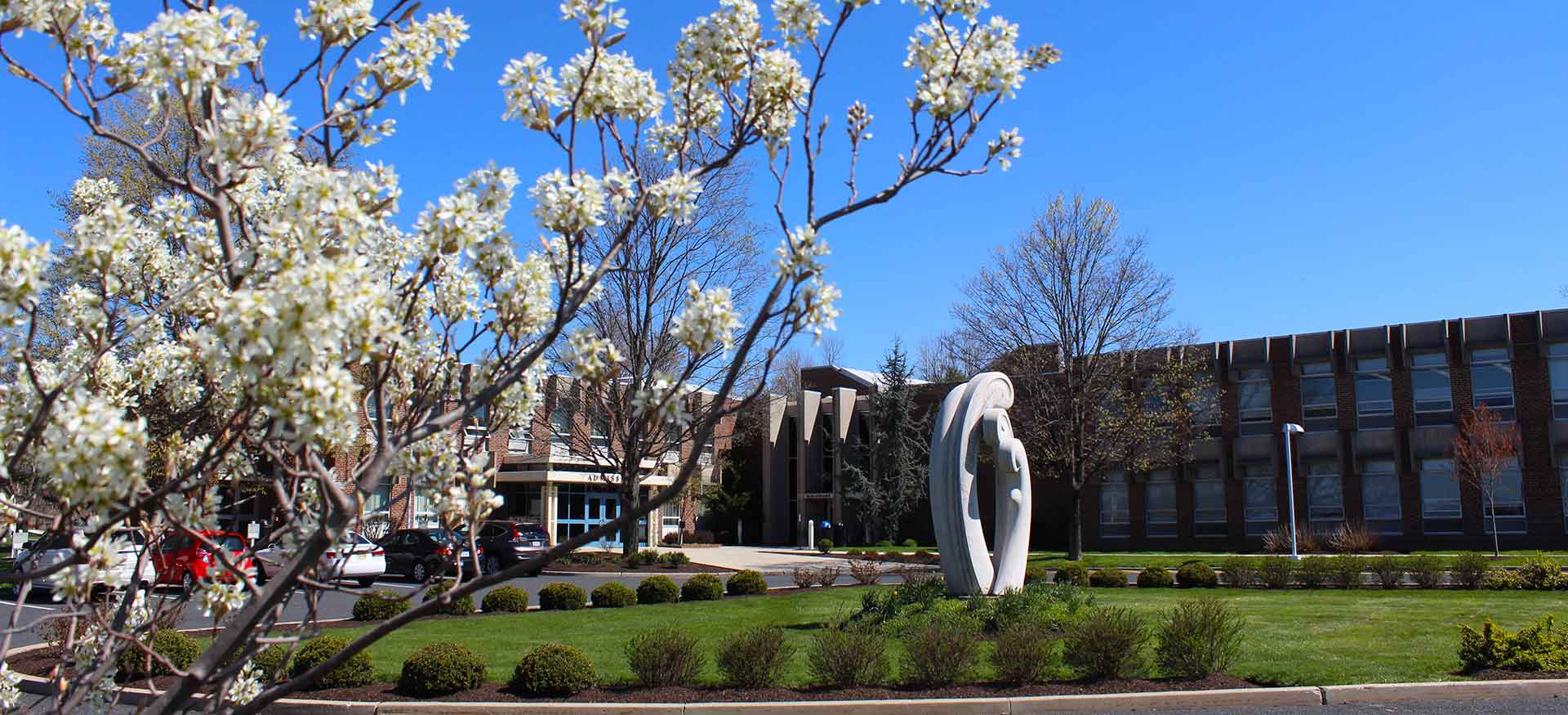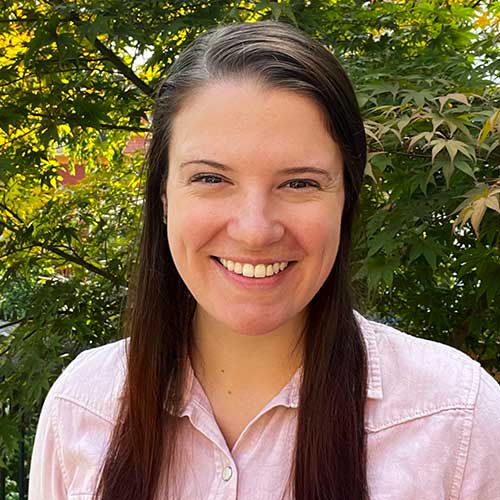A Hand Print for Georgia
The 3D printer in Karen Ruggles’ office has been used to print puzzles, Christmas ornaments, and other trinkets. But there’s nothing more important or impactful than the assistant professor’s latest project—a prosthetic hand for a little girl named Georgia.
“To have that power to say, ‘I can print you a hand’ is usually not something that an artist can do,” says Ruggles. “But you definitely can if you have the skills.”
Ruggles partnered with Georgia and her dad, James, through e-NABLE, a global volunteer network that pairs 3D makers with those in need of prosthetics.
“Georgia was born without a fully formed right hand,” says James. “She was special in the way that she was made.”
Though Georgia’s disability never held her back, she thought a robotic hand would be helpful for gymnastics and other activities. The family, who live in Texas, put their request in through e-NABLE and Ruggles quickly responded.
To build the new hand, Ruggles used a pre-made, open source model and brought it into a 3D modeling program. She measured the model based off of photographs that the family provided.
Once she had the correct dimensions, it was time to print—a time-intensive, 12-hour process. Two student technicians and the Trexler Library pitched in to make the prosthetic a reality.
“Georgia has a wrist-driven device,” Ruggles says. “What that means is that maybe there’s not the full palm but she does have a wrist that she can flex. With that movement, the mechanism of the hand is rigged up in such a way that when she bends her wrist, the hand will actually clasp so she can pick things up simply by bending her wrist.”
Georgia received the first version of the hand over the summer, but it wasn’t a 100 percent fit. So the trio is working on plan B. James is getting a cast of Georgia’s hand, which Ruggles will 3D scan for a more custom fit.
Both Georgia and James are thankful that a stranger would take the time to build not one but two prosthetics for a family that lives more than a thousand miles away.
“It’s going to be super exciting,” says Georgia. “It’ll make me feel like I’m special. And it’ll make me feel like I can start getting used to a different way.”
Adds James, “The world needs a whole lot more people like Dr. Ruggles. We thank God for her. We pray for her and her family often because those are the special kind of people in the world—those that think of the ways they can use their talents and abilities to help others.”
Ruggles and a student have already completed a second project through e-NABLE—a 3D arm for a little boy in New Jersey. For her, helping families isn’t the only reward. It’s also about teaching her students how to change someone’s life using the skills they learn in the classroom.
“I teach them at the introductory level how to do this type of modeling,” she says. “They can do this [after taking] just one class. So let’s do it.”
She’s currently working to secure funding for a new 3D printer. Her eventual goal is to print a prosthetic or dental braces each semester, either in the classroom or as a club activity.
“Education is my passion. The whole idea is to empower the students with the technology that they have to help somebody else.”





